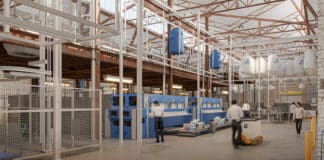Technologies are also available to test surface contamination, such as fluorescence imaging, which can be used independently, or in combination with ATP meters. We now have technology available that allows users to visualize surface contamination, and identify the presence of bacteria, biofilm, mold, and organic and inorganic matter. We can use these technologies to develop safer and more strategic cleaning practices and validate cleaning processes and develop more effective training.
When we think about how the commercial real estate industry can really have an impact, we need to look beyond the surfaces in our public spaces (they are important) but also begin focusing on indoor air quality. Facilities need to begin to understand that dirty air leads to dirty surfaces, and that dirty surfaces can lead to dirty air. COVID has shown us the impact air quality has on stopping infectious diseases; this is critical as industries rethink what clean means. Ultimately, we need to shift our thinking from cleaning for aesthetic to cleaning for health.
Another big area of improvement for businesses is to look at people movement and develop cleaning systems and schedules around foot traffic. We’ve seen a major shift in cleaning at high traffic areas like airports when we follow the science. Traditionally, airports would clean from 1:00 a.m. – 5:00 a.m. When we focus on foot traffic and health, we see facilities shifting their standard cleaning to 3 p.m., which follows the most frequent departure times with the most people coming through.
Lastly a big mistake we often see is business investing in equipment, products, and people without proper training. There are incredible tools, equipment, and chemistry that businesses have access too, but far too often we skip the instructions and labels. Cleaning agents need to follow dwell times to properly disinfect and procedures and systems are required to reduce cross contamination. Overuse or misuse of cleaning products and disinfectants creates health, environmental, and safety problems, including risk associated with overexposure, poor indoor air quality, microbial resistance, and damage and deterioration of furnishings and fixtures.
The first rule in cleaning is to do no harm. It is important to note that not all surfaces are the same and that cleaning professionals are trained to make the best choice for the surface and the best choice to protect the health of the occupants, the environment, and extend the life of furnishings and fixtures while saving money, labor, and time.
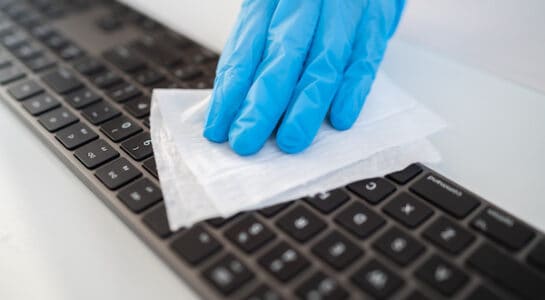
Why Is It Important To Have A Supervisory System For Cleaning Within High-Traffic Facilities (A Buddy System)?
When you work in pairs, people do a better job. We rely on speed, and when we have one person on the task, they zip through to get the job done. We have seen that when cleaning in teams, they clean more efficiently and effectively.
Implementing a systems approach takes it a step further to ensure its affordable and doable and safely removes harmful bacteria, fungi, and viruses.
By validating your cleaning practices, an organization is demonstrating its commitment to protecting its employee’s and customer’s health and well-being by:




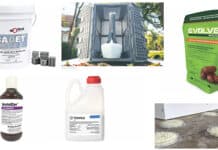
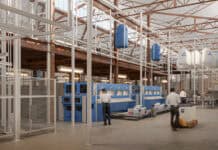
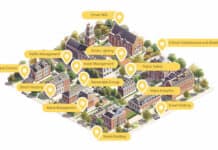
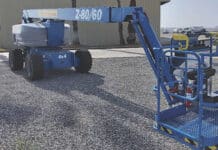
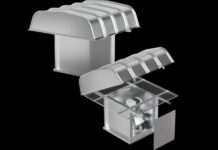
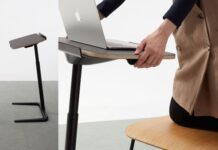
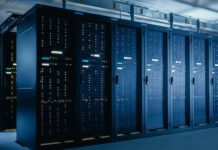
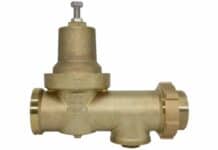
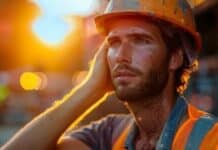
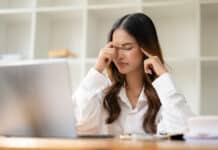
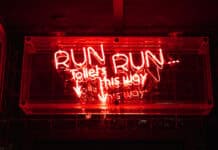
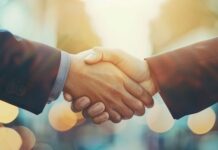



![[VIDEO] Job Order Contracting: Accelerating the Projects that Matter](https://facilityexecutivemagazine.kinsta.cloud/wp-content/uploads/2024/05/maxresdefault-324x160.jpg)
